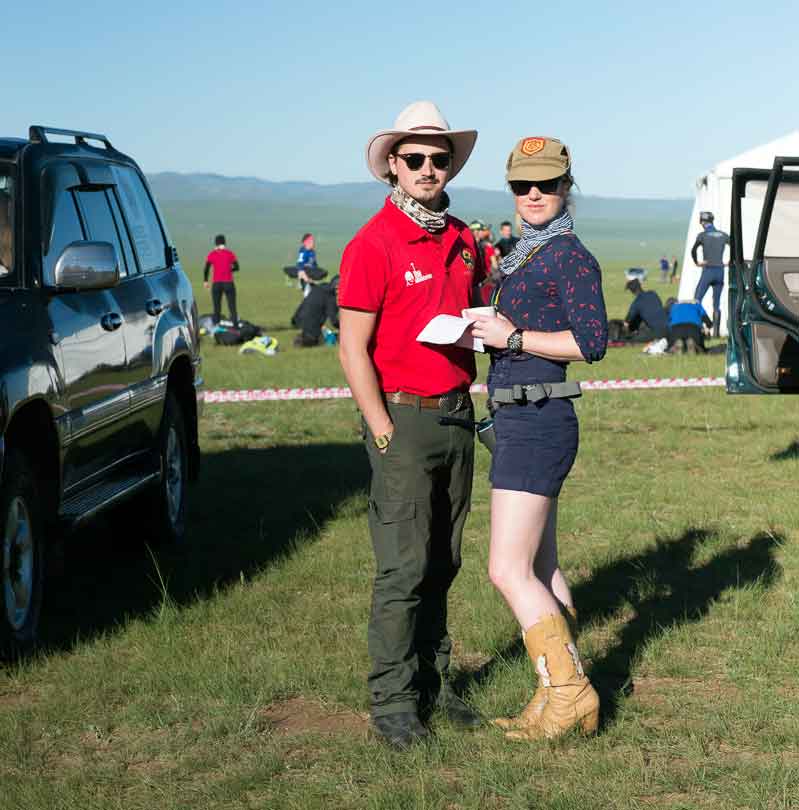 Equisense.com
Equisense.comThe start-up company Equisense has developed Balios, a connected sensor positioned on the girth that allows the rider to move forward and perform without exceeding the red line for the horse. Indeed it will tell you the time to complete each stage, the time passing on the left foot, right foot, it will indicate a possible asymmetry of gait etc etc ... The sensor is constantly changing.
Feedback during training and alerts
Very easy to use, Balios turns itself on at the beginning of the session to analyze the intensity, the quality of the locomotion, the time spent at each gait and lead, and more. Check the data at any time during your session to better adapt your workout to your horse. Be notified of asymmetry so you never miss the early signs of lameness.
Every session, the collected data provides you with a history of your trainings and the well-being of each horse. You can also track medical care history and program reminders.
Balios offers precise analyses to help you have an objective view of your jumping obstacles, dressage tests, or any other exercise. For endurance, it indicates your speed, time spent on each diagonal or lead, and symmetry.
The app will "help the riders in their daily workout and reinforce the horse-rider complicity by taking care or the horse’s welfare and the sport pleasure, improve the performances of the horse while letting him stay in his physical comfort zone, facilitate the communication between every actors who intervene in the training and the cares (trainers, riders)."
A veterinarian, biomechanics engineer and other researchers have teamed up to develop this patented technology that analyses the horse's locomotion by reconstructing the gait with accelerometer data. "The different sensor accelerations and rotations allows us to decompose accurately the gait. From that data, we can compute all the indicators provided in the app. For example, if the propulsion is significantly higher from a diagonal biped to another, we can conclude a lameness."
It will be coming soon on Kickstarter.
For more information see
http://www.equisense.com/balios/





